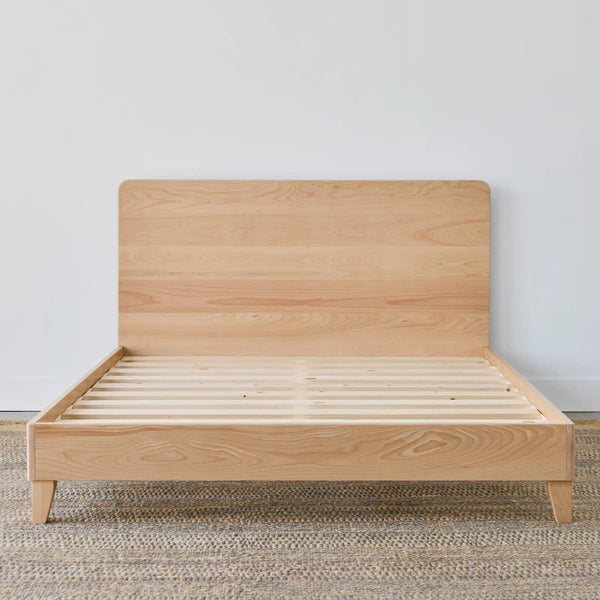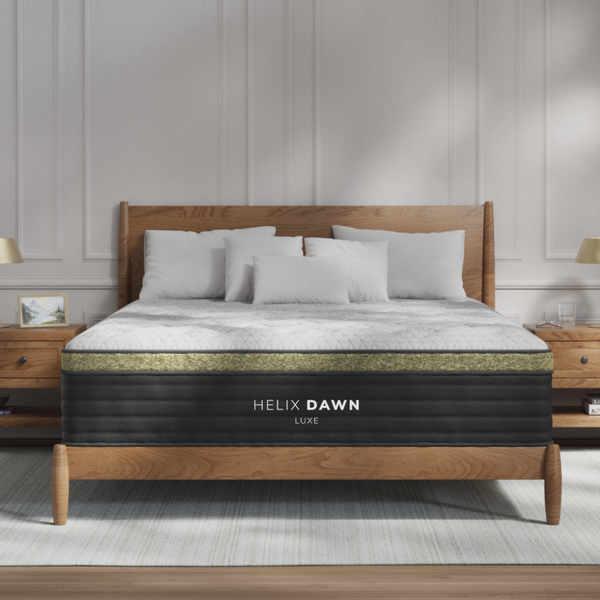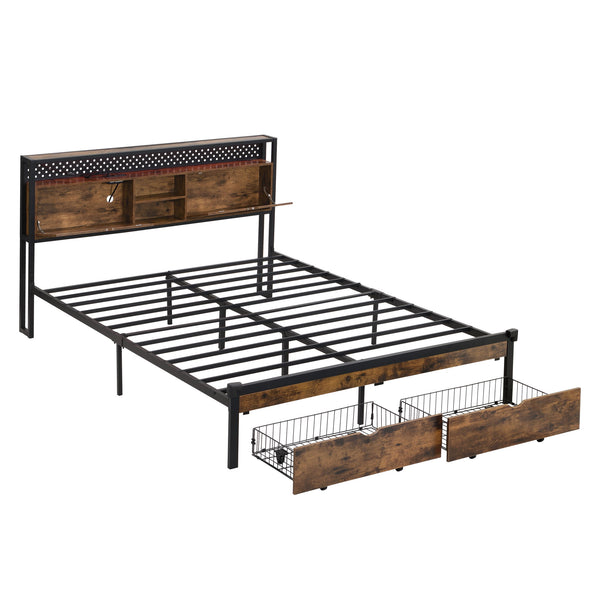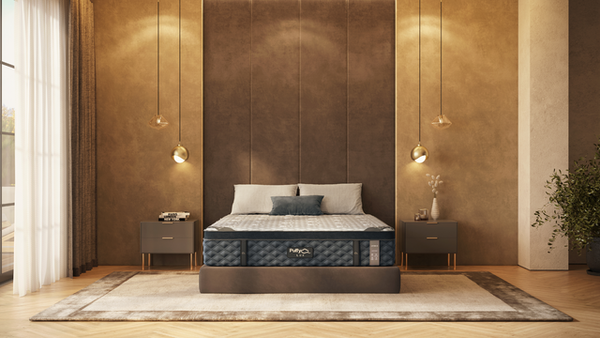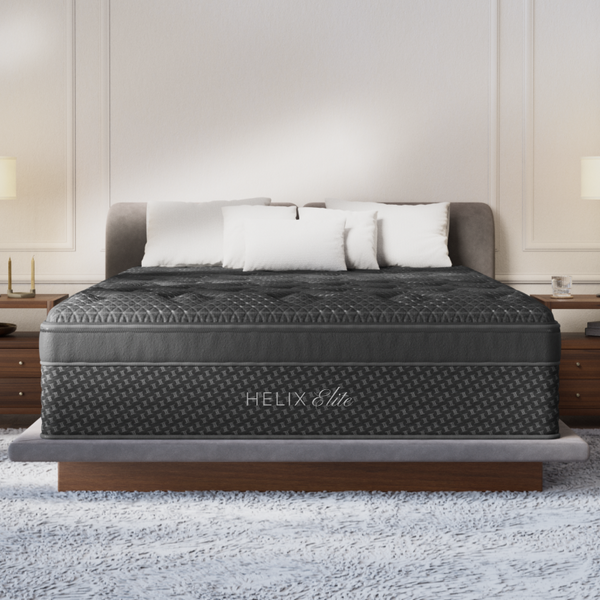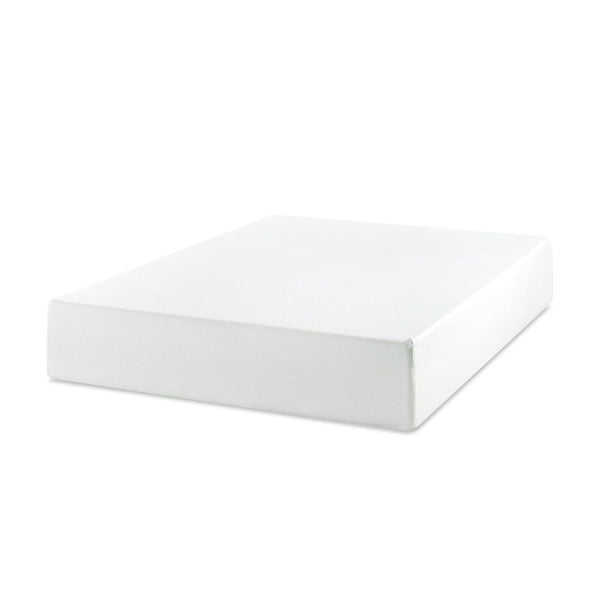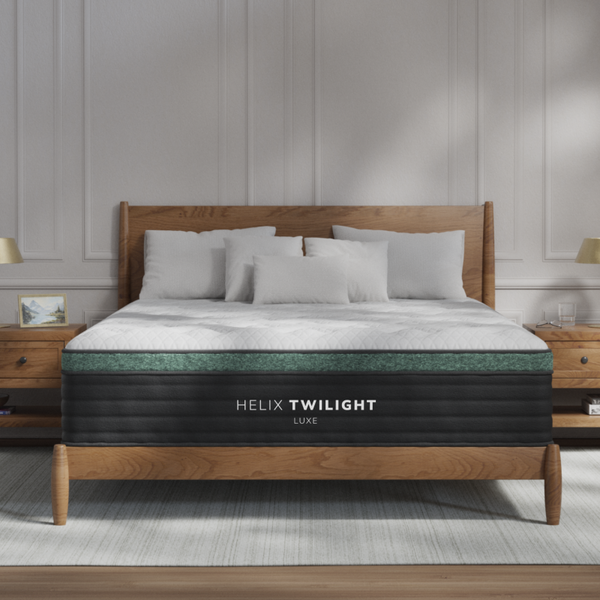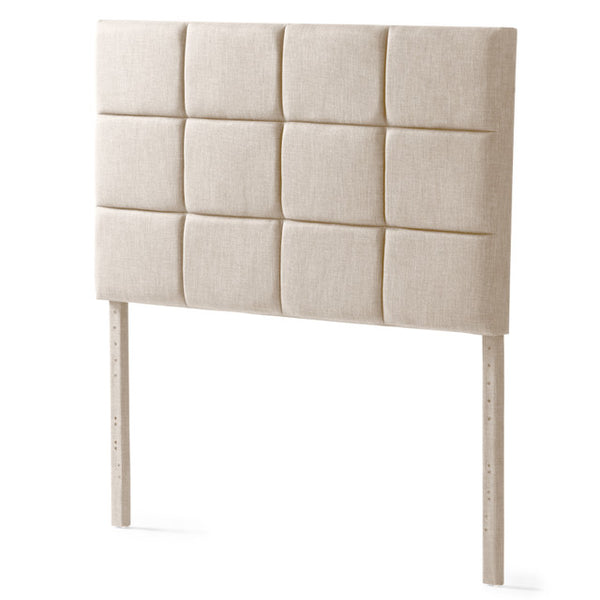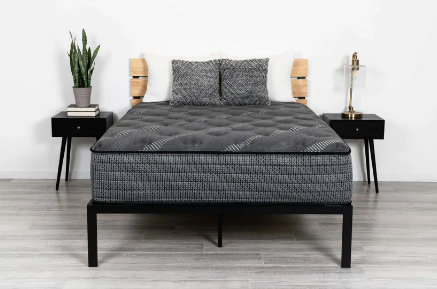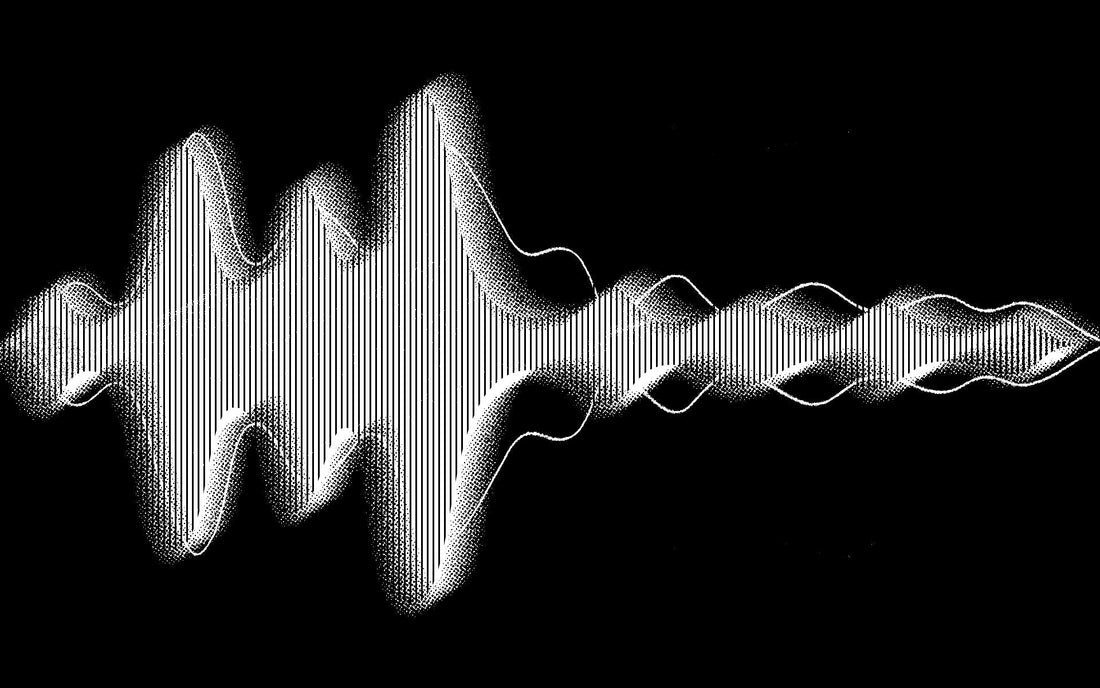
Is White Noise Better For Sleep?
Many people use white noise apps in an attempt to achieve better sleep, but is this effective?
Studies have demonstrated that white noise can help improve sleep in environments with high noise levels.
Studies have demonstrated that white noise can help shorten the time it takes to fall asleep and decrease nighttime awakenings (known as sleep fragmentation). But more research needs to be conducted.
Call The Sleep Loft at (646) 400-5758
White noise has long been recommended as an aid for sleep, because it helps cover loud sounds that might otherwise interrupt our restful night's rest. Consistent white noise can cover sounds such as slamming doors, car horns, dogs barking or any other sharp high-pitched sounds. Furthermore, more subtle sounds like rustling leaves or raindrops may also be covered - though more research needs to be conducted into their effectiveness in combatting sleep issues.
Pink noise, much like white noise, serves to block out distracting sounds while providing a relaxing background hum. Compared to white noise however, pink noise features higher energy at lower frequencies and is slightly less consistent; you can find natural pink noise sounds on apps like BetterSleep that allow users to mix and match various soothing sounds such as humming fan noise, roaring waves or television static.
If you're having difficulty sleeping, try listening to white or pink noise before bedtime and developing a healthy nightly routine that helps you fall asleep faster and deeper so you'll wake up feeling more rested than before. This can help promote more restful, deeper restful slumber.
Helps to calm restless babies
White noise has long been used as a sleeping aid, from fans humming or ceiling fan whirring, to help mask distractions and improve restfulness. But more research needs to be conducted in order to confirm if white noise works by synchronizing brain waves or just masking background noise.
White noise differs from brown or pink noise by playing all audible frequencies at equal intensities at once, similar to television or radio static; but its sound can also resemble that of rustling leaves or raindrops falling steadily on a roof.
Anxieties (wakeful moments) have been reduced and sleep onset latency decreased significantly through its use, as has noise reduction levels that distract people from falling asleep easily. Tinnitus masking also proved successful at masking noise levels that may interfere with restful restful slumber; and it has even been utilized to calm babies and improve restful rest for hospitalized patients.
Helps to block out other noises in the environment
White noise can be very useful for helping to block out disruptive sounds in their environment that prevent restful sleep, such as cars driving by, neighbors talking loudly or sirens sounding off, creaks and rumbles from rooms, small creaks that occur from time to time in rooms and other forms of creaking that can be distracting and difficult to ignore. White noise masks these other noises by raising one's hearing threshold so they become less noticeable to listeners.
However, other sound frequencies like pink and brown noise have also been proven to help promote better sleep patterns. Unfortunately, most studies involving these sounds were conducted with small sample sizes and varied results.
Overall, the key to better sleep lies in creating a consistent bedtime routine and optimizing your sleeping environment. White noise may provide some form of soothing background noise that helps people relax before sleeping; however, further research must be conducted into whether these sounds actually promote better restful slumber or simply mask other noises present in their environment.
Helps to reduce sleep fragmentation
Noise disruptions can significantly interfere with sleep. White noise provides a buffer between outside noises and your ears, masking disruptive or distracting sounds so that you can fall asleep easily and remain soundly throughout the night.
Studies have demonstrated the power of white noise to enhance both duration and quality of sleep, particularly for people sensitive to sounds like dogs barking or cars driving past your window. Furthermore, white noise has also proven its ability to decrease fragmentation rates during sleep -- the number of times an individual awakens during a night's rest.
Studies have shown that white noise can reduce the amount of time newborn babies need to fall asleep and help adults better occupy various stages of sleep during the night. Another sound known as pink noise is another cousin of white noise but differs by decreasing frequency with each octave, helping reduce sounds that might wake people up like door slamming or someone snoring that might otherwise wake them up during their restful slumber. Research shows this technique reduces such disruptions significantly and may help people stay asleep through more peaceful nights of sound restful slumber!
Helps to reduce the time it takes to fall asleep
Sleep is essential to overall health. Finding sleep can sometimes be challenging; using a white noise machine or soothing sounds app may help.
White noise is one of the most popular sleep sound options and can be found in various apps and devices. This static-like sound helps people fall asleep faster by masking distracting background noises; indeed, research published by Frontiers in Neurology revealed that it reduces sleep onset latency by 38% among healthy individuals!
Pink noise may help those struggling to sleep find relief through broadband sound containing both low and high frequencies, much like raindrops slamming on a windowpane. Not only can pink noise assist those suffering insomnia sleep, it may also boost memory in elderly adults by increasing deep or slow-wave sleep.
Studies have also demonstrated that brown noise may help muffle emergency vehicle sirens, providing welcome respite in loud neighborhoods or hospital units. While further studies need to be completed on these lesser-known colors of noise, they could help calm and improve sleep quality.
Call The Sleep Loft at (646) 400-5758

